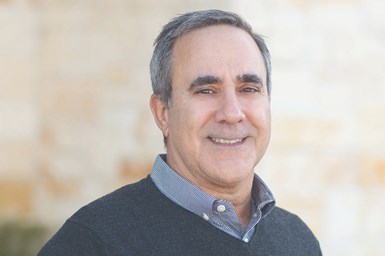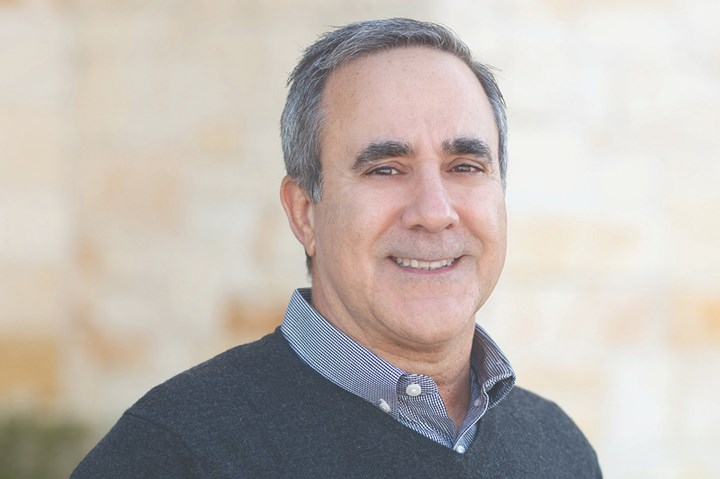The Best Method for Coating Full-Size Aircraft
John Owed from Carlisle Fluid Technologies analyzes the difference between using air-assisted airless, air spray and other technologies for coating a full-size aircraft. Which is better?
#aerospace #asktheexpert
Q: Our company uses an air-assisted airless applicator to coat full-size aircraft. I have been tasked with speeding up our finishing process and am looking for viable solutions to achieve this goal. Would air spray applicators or any other technology offer any advantage?
A: For the applications you described, air assisted airless (AAA) is typically
Featured Content
the atomization technology of choice. AAA can provide relatively high fluid delivery rates while achieving a good overall quality finish which normally lends itself to aerospace applications. It does not yield a Class A finish with high gloss and DOI as expected on a car hood or motorcycle fuel tank. However, it provides a finish that meets or exceeds the requirements for aerospace applications.
AAA applicators use hydraulic atomization to mechanically shear liquid coatings into small droplets, which involves moving the coating from its supply container to the applicator using a high-pressure pump. The material is forced under high pressure through a fixed orifice. The size and angular cut of the orifice (that looks like a “cat-eye”) combined with the pump- generated fluid pressure determine the size of the spray pattern. A low volume of “assist” air is then added through the air cap to provide uniformity across the full spray pattern.
Based on the process described above, AAA yields a relatively soft spray pattern with increased transfer efficiency over normal air spray technology. This aids in reducing overspray, which can lead to contamination and dry spray issues.
Following is a chart that compares AAA and air spray technology:
|
Air-Assisted Airless |
Air Spray |
|
|
Fluid Supply Type |
High Pressure Pump |
Gravity, Suction or Pressure |
|
Fluid Supply Operating Pressure |
500 – 2,500 psi (34 - 170 bar) |
0 - 300 psi (0 - 44 bar) |
|
Atomization Method |
Mechanical Shearing |
Air |
|
Spray Pattern Size |
Fixed, 6 – 16" (150 - 400 mm) |
Variable 3 - 14" (75 - 350 mm) |
|
Ability to Finesse / Feather |
No |
Yes |
|
Speed of Application |
High |
Moderate |
|
Fluid Delivery Rate |
12 - 40 oz/min (350 - 1200 ml/min) |
1 - 16.5 oz/min (30 - 500 ml/min) |
For coating large surface areas efficiently, AAA technology is a great selection. If not currently using electrostatic AAA technology, then consider it as a potential improvement for reducing process time. The electrostatic process introduces a negative charge at the point of atomization. The charged coating particles seek ground and are attracted to the product being sprayed. This improves the overall transfer efficiency, which improves the deposition rate and would lend to faster movement.
Air spray technology might offer process speed benefits when working with smaller coating volumes or applications requiring finesse. Air spray is available in pressure, suction or gravity feed. With all three fluid supply methods, the atomized droplet is created by impinging air on a column of fluid, then adding additional air to shape the spray pattern into the desired size. Air spray offers the ability to easily vary the spray pattern size and fluid delivery rate by “feathering” the spray gun trigger that controls the volume of paint flow.
Looking beyond spray applicators, you might be able to identify ancillary functions that can be improved to speed up the finishing process. For instance, if you are currently manually mixing two component materials (hot potting), consider using a plural component metering system. These systems will dynamically mix on demand the resin and catalyst, which reduces waste and improves overall finish quality based on the consistency of the mix and viscosity. Additionally, the machine with the use of a gun flush box can automate the applicator flushing, which frees up the operator to attend to other tasks.
About the Author
John Owed
John Owed is the finishing SBU director at Carlisle Fluid Technologies. Visit carlisleft.com.
RELATED CONTENT
-
Solar-Powered Photonic Cooling Enables Energy-Saving Coating
Passive cooling technology can reduce interior temperatures 5-13°C, offering weight, cost and CO2 benefits for cars, construction, aircraft and more.
-
The Solution to Costly Aircraft Paint Adhesion Failure
Lucas Dillingham, of surface inspection technology provider Brighton Science, offers insights for avoiding aircraft paint defects and adhesion failures.
-
Preventing Anodizing Cathodes from Turning Red
While the red color may not be desirable, anodizing expert Drew Nosti says it poses no particular problem to a successful anodizing process.




















